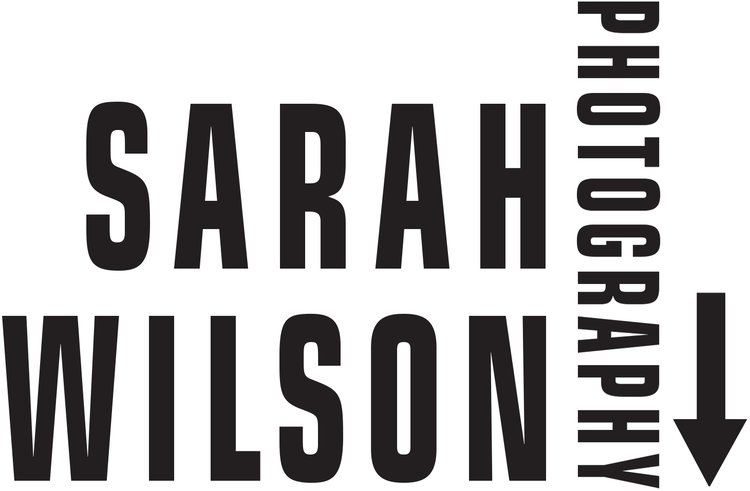ABOUT SARAH
Sarah Wilson is a photographer, cinematographer, film producer and co-founder of Go-Valley, the Austin-based production company. A graduate of NYU’s Tisch School of the Arts, she balances documentary films and editorial photography assignments with personal and public art projects. Sarah has been on assignment for The New York Times Magazine, Time, People, The Atlantic, Mother Jones, National Geographic Brand Stories and several other publications including Texas Monthly, where she is featured on the masthead. Her photographs are in the permanent collections of the Harry Ransom Center and the Museum of Fine Arts Houston and she’s won awards at photo festivals in the US and abroad. In 2016 Wilson worked as a cinematographer and executive producer on the shortlisted, animated documentary, TOWER, winner of the Emmy for Best Historical Documentary, as well as a Critics’ Choice Award for Most Innovative Documentary. In 2022, Go-Valley released DEAR MR. BRODY, which Sarah Wilson both lensed and served as a producer.
Wilson’s portrait series about an East Texas town in the aftermath of a hate crime, titled Jasper, Texas: The Healing of a Community in Crisis, received multiple grants, toured seven cities in Texas, and showed at the White Box Gallery in New York City. With BLIND PROM, Wilson volunteered as the prom night photographer at the Texas School for the Blind and Visually Impaired for ten years. Blind Prom was awarded the PhotoNOLA Review Prize, and showed at New York’s Foley Gallery, the New Orleans Photo Alliance Gallery and at China’s Lishui Photography Festival.
In her current photographic series, DIG, Wilson explores her grandfather’s life’s work as a paleontologist, inspiring her own search for fossils and existential perspective in the West Texas desert. Before he died, Wilson’s grandfather gave her three black metal boxes filled with faded Kodachromes, his teaching slides from when he was a professor of geology and paleontology at the University of Texas. The images featured geologic charts, rock formations, bone fragments, skulls, and landscapes from his annual digs in West Texas and Big Bend National Park. Holding them up to the light, Wilson realized that she and her grandfather photographed some of the exact same desert landscapes, from the same vantage points, only fifty years apart. This shared connection ignited an adventure and a long-term project, featured in the pages of her first book, DIG: Notes on Field and Family.

